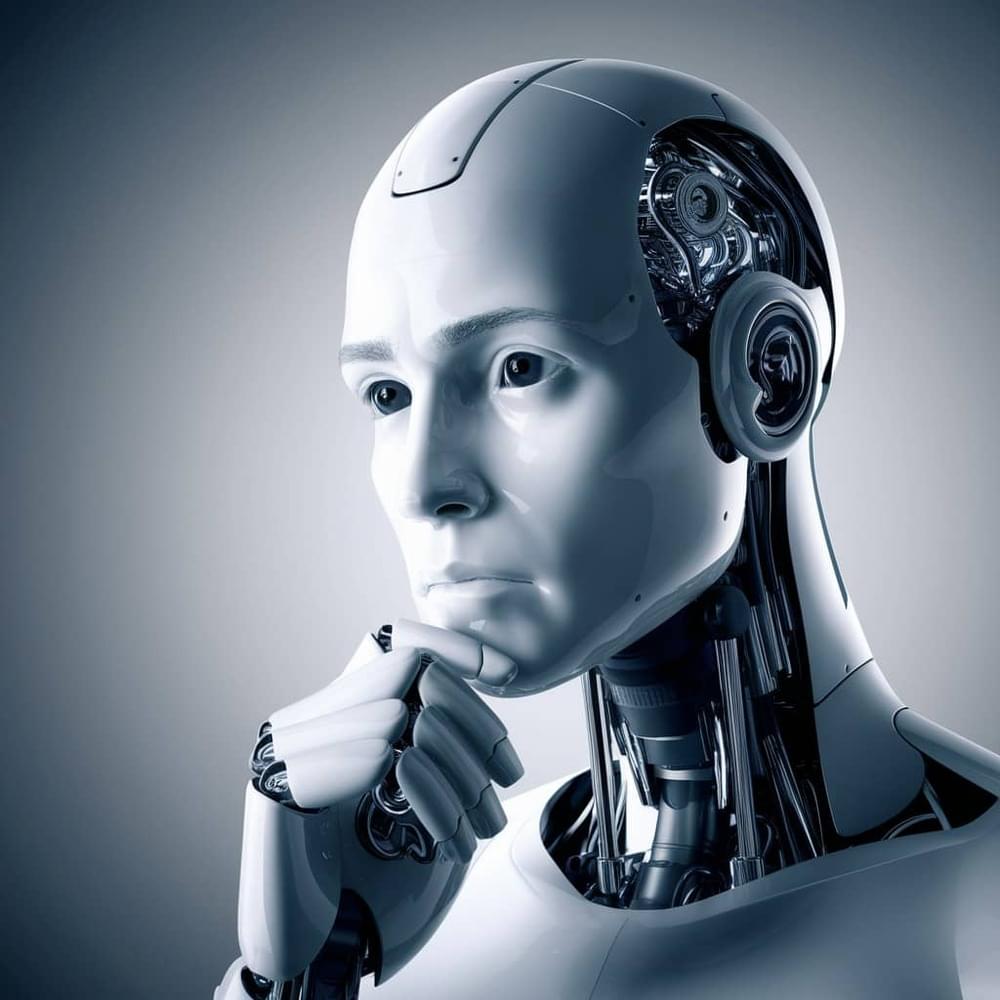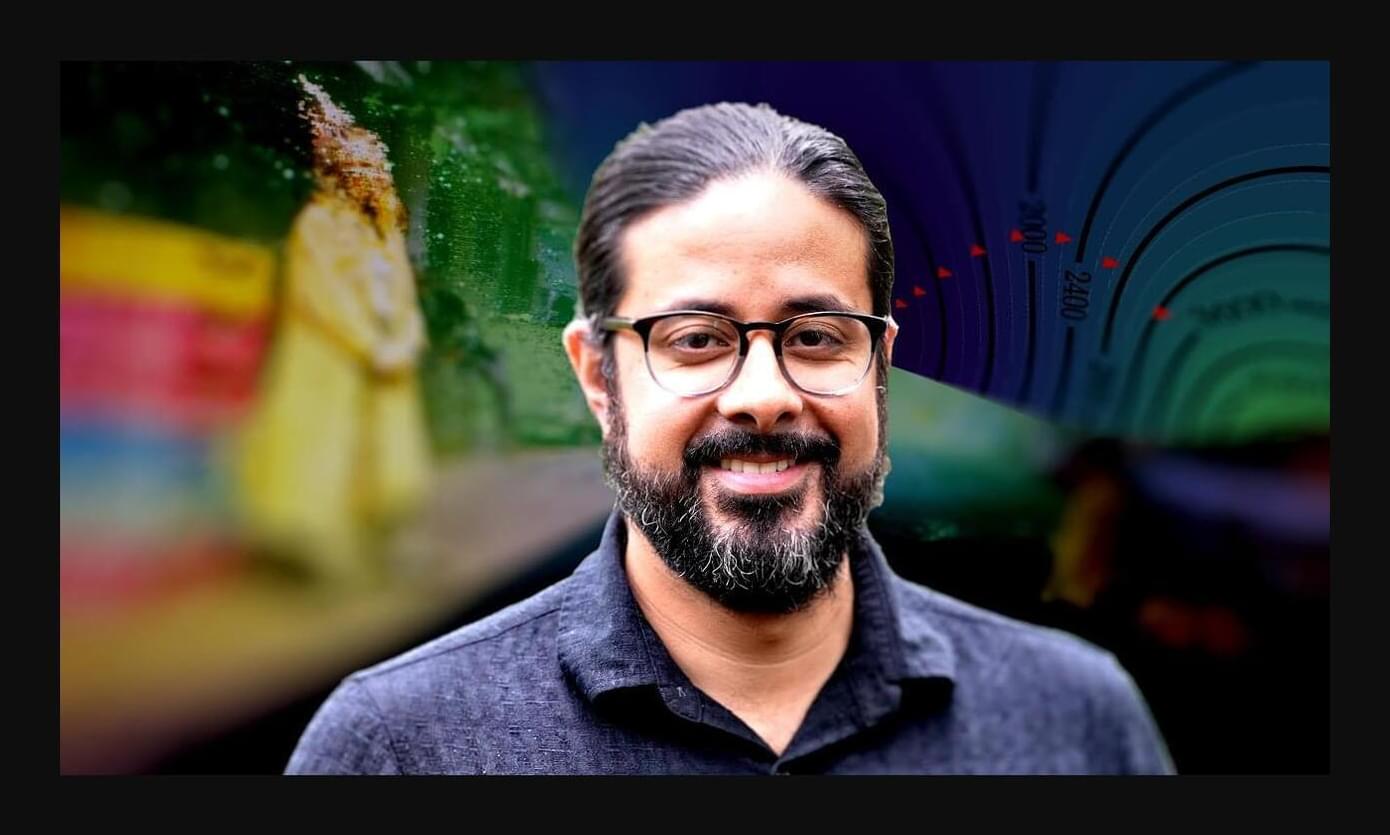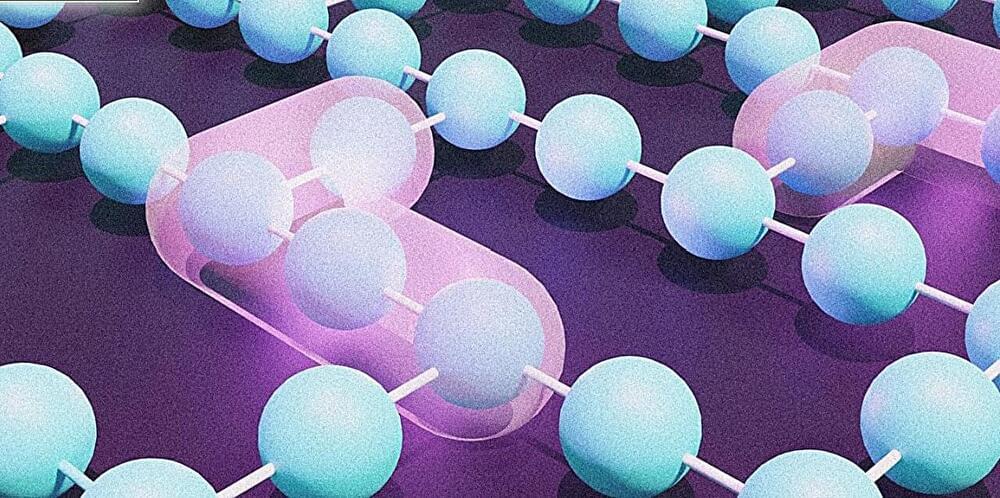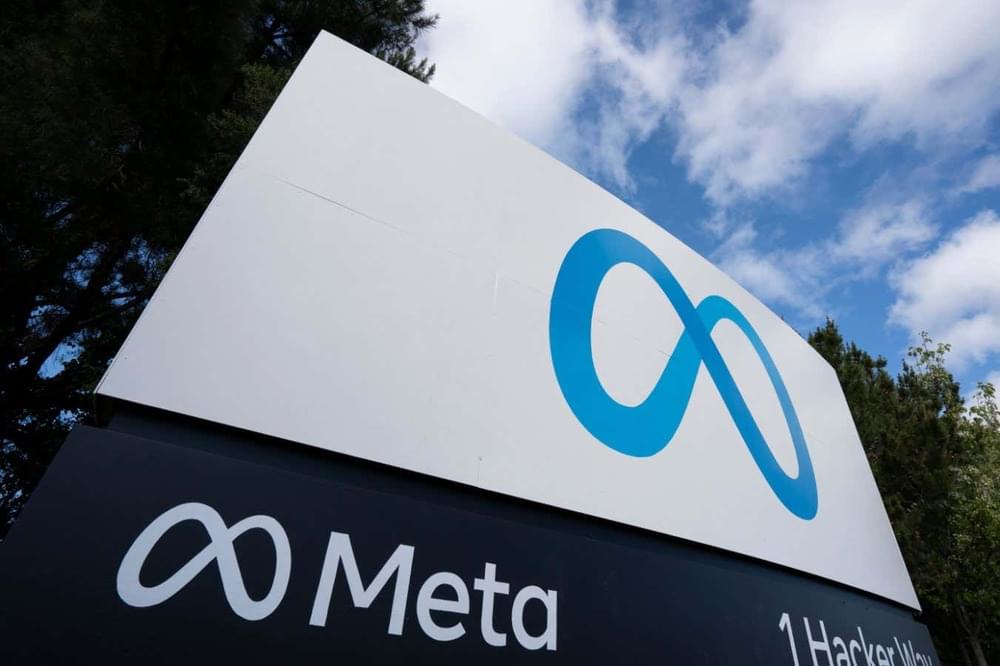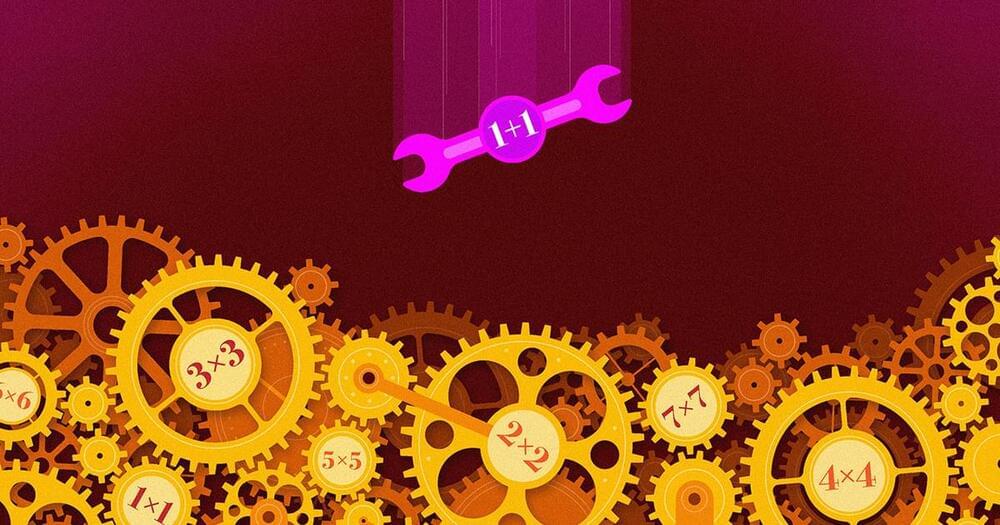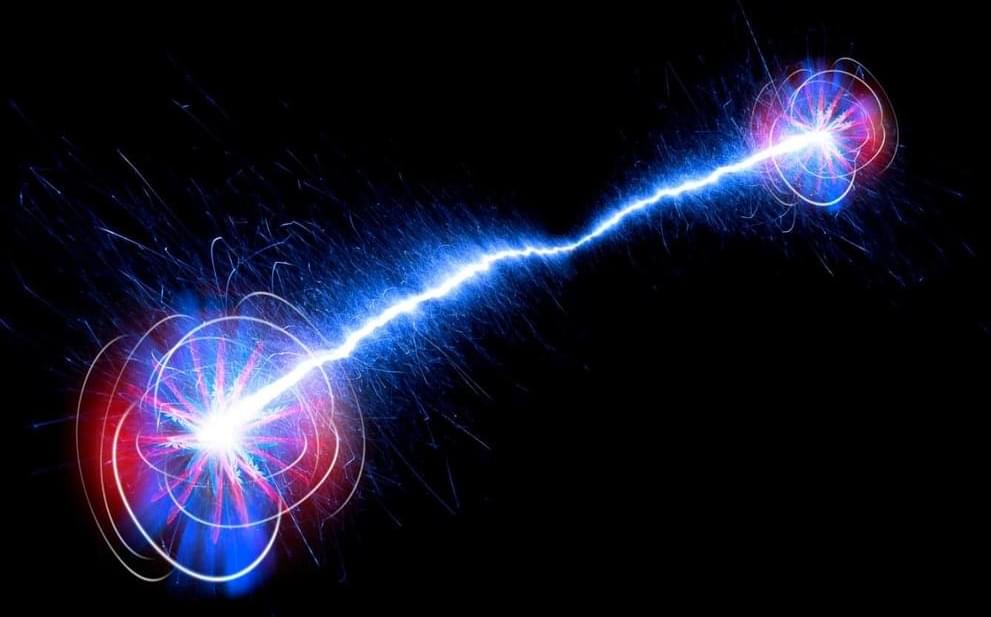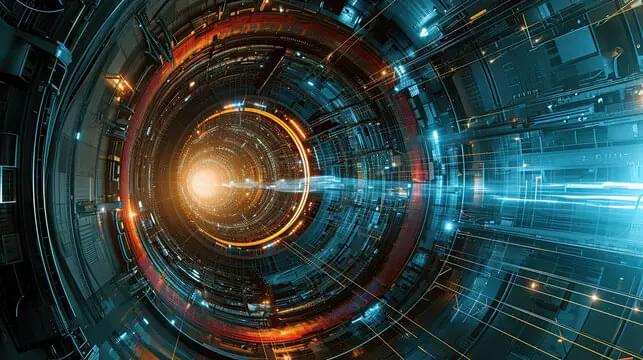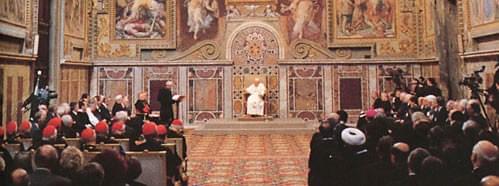
On this day in 1992, the Vatican admitted that Galileo was correct in believing that the earth went around the sun.
2. In the first place, I wish to congratulate the Pontifical Academy of Sciences for having chosen to deal, in its plenary session, with a problem of great importance and great relevance today: the problem of ‘the emergence of complexity in mathematics, physics, chemistry and biology’
The emergence of the subject of complexity probably marks in the history of the natural sciences a stage as important as the stage which bears relation to the name of Galileo, when a univocal model of order seemed to be obvious. Complexity indicates precisely that, in order to account for the rich variety of reality, we must have recourse to a number of different models.
Continue reading “1992, 31 October” »
